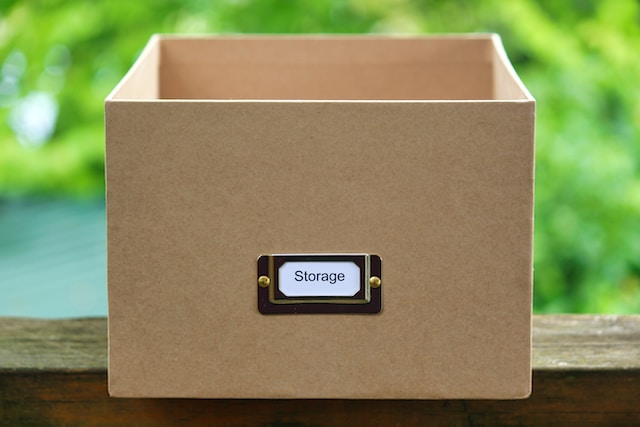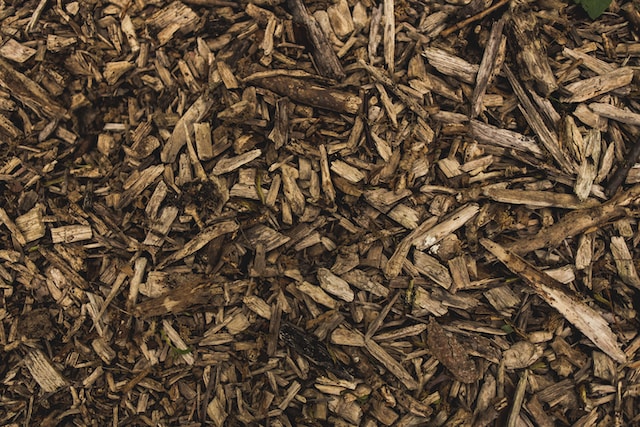Within the sanctuary of our homes, roaches stealthily deposit their eggs in concealed and hard-to-reach areas.
But where do roaches lay eggs indoors? To combat indoor roach infestations effectively, it’s vital to familiarize yourself with these hidden locations.
This blog highlights the indoor spaces where roaches lay their eggs, including kitchen nooks, bathroom crevices, and wall voids. Plus, we’ll even showcase the areas they set up shop outdoors.
Take a look at our blog and learn where these pests may lay eggs around your property!
Where Do Roaches Lay Eggs Indoors?
Cockroaches reproduce rapidly and infest our indoor spaces. They seek out dark, secluded locations to lay eggs and safeguard their offspring. Here are some typical places where roaches lay eggs indoors:

- Cracks and Crevices: Cockroaches are experts at squeezing through tiny openings. They often lay their eggs in spots along walls, baseboards, and floors. These narrow spaces provide a safe and protected environment for their developing young.
- Kitchen Cabinets: Roaches are drawn to the warmth and abundance of food in kitchen areas. They may lay eggs inside kitchen cabinets, particularly in corners, behind dishes, or in the gaps between the cabinet walls and back panels.
- Under Appliances: Dark and humid spaces beneath household appliances, like refrigerators, stoves, and dishwashers, are favored spots for roach egg-laying. These areas provide a stable environment for the eggs to develop undisturbed.
- Bathrooms: Bathrooms offer water sources and moisture, allowing cockroaches to lay their eggs in bathroom cabinets, under sinks, or behind toilet fixtures.
- Wall Voids: Roaches may deposit their egg cases in wall voids or behind electrical outlets and switch plates. These hidden locations offer protection and ample darkness for the eggs to hatch.
- Basements and Crawl Spaces: Damp and dark areas are attractive to roaches. They may lay eggs along the walls or in the corners of your basement or within your home’s crawl space.
- Storage Areas: Cluttered storage spaces, such as attics, garages, and storage rooms, offer numerous hiding spots for roaches to lay their eggs.
- Electronics: Roaches may also seek shelter in electronic devices, like TVs, computers, or gaming consoles. Electronics offer seclusion from the outside world and sufficient heat for growing pests.
To prevent roach infestations, it’s essential to eliminate potential sites where roaches lay eggs. Regularly clean and declutter indoor spaces, seal cracks and crevices, and fix any leaks or sources of moisture that may attract roaches.
Additionally, consider seeking assistance from a professional pest control company to implement effective roach extermination and prevention strategies. Taking proactive measures can help ensure a roach-free environment and protect your home from these unwanted invaders.
Where Do Roaches Lay Eggs Outdoors?
Cockroaches can also lay eggs outdoors, enjoying secluded and favorable environments. Understanding where roaches lay eggs outdoors is crucial for effective pest control and preventing infestations from spreading into your home.

- Mulch and Compost Piles: Roaches are attracted to organic matter, like decaying leaves and plant material in mulch and compost piles. These areas provide a warm and moist environment, ideal for egg-laying.
- Garden Beds: Garden beds, especially those with dense vegetation and ample debris, can be enticing spots for roach egg-laying. Cockroaches seek shelter among plants and may deposit their egg cases in the soil or within crevices.
- Woodpiles: Stacked woodpiles offer numerous hiding spots for roaches, making them attractive egg-laying sites. The moisture and darkness between the logs provide a suitable habitat for developing roach eggs.
- Under Rocks and Debris: Outdoor debris (rocks, bricks, and fallen leaves) create ideal hiding places for roaches. They may lay their eggs in the dark spaces beneath these items.
- Tree Holes and Bark: Tree holes, or even the soil around tree roots, can serve as roach egg-laying sites. These locations provide shelter and protection from outdoor elements.
- Exterior Cracks and Crevices: Roaches may lay eggs in cracks and gaps on the exterior of buildings, especially near entry points. They can access your home through these areas if left unchecked.
- Drains and Sewers: Roaches are known for their adaptability, and they can exploit outdoor drainage systems and sewer openings to lay eggs in dark, damp areas.
To reduce the likelihood of outdoor roach infestations migrating inside, it’s crucial to maintain good yard hygiene and eliminate potential egg-laying sites. Clean up yard debris, keep mulch and compost piles away from the home’s foundation, and inspect and seal any exterior cracks and gaps.
Staying proactive in outdoor pest control measures can help prevent roach populations from flourishing and minimize the risk of invading your living spaces. If outdoor roach problems persist or you suspect an infestation, consider seeking professional pest control assistance to implement effective extermination and prevention strategies.
At proof. Pest Control, we are committed to providing comprehensive solutions to roach problems and other pest infestations.
Still curious about where roaches lay eggs? Our team of skilled technicians possesses the expertise and knowledge to identify roach nesting sites, eliminate current infestations, and implement preventive measures to keep these invaders at bay.
Don’t let roaches overrun your home— take action today!

